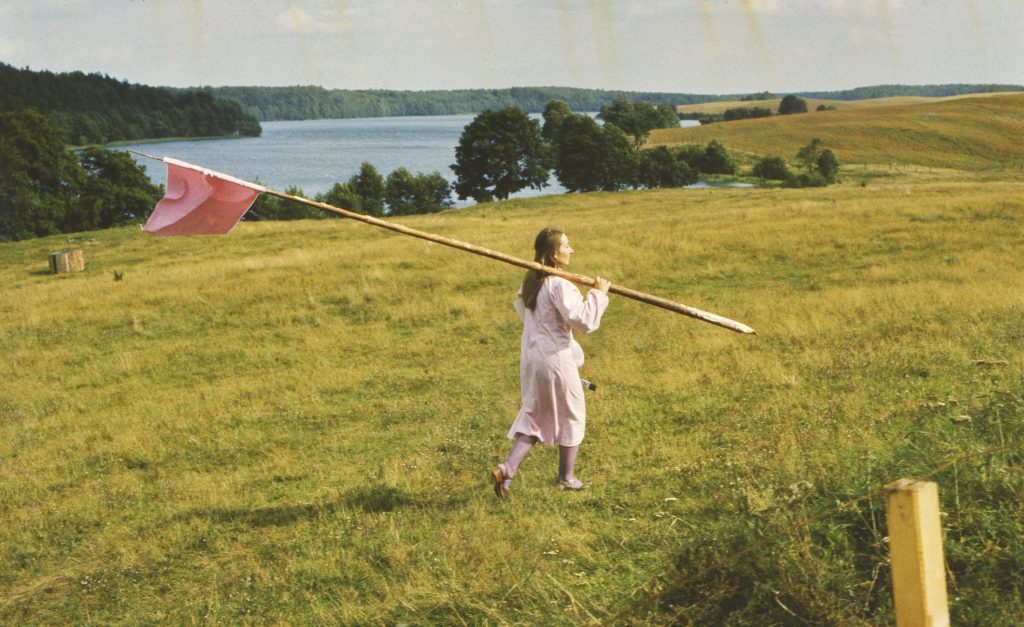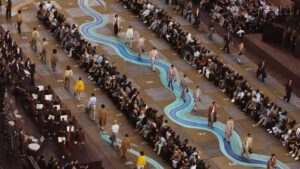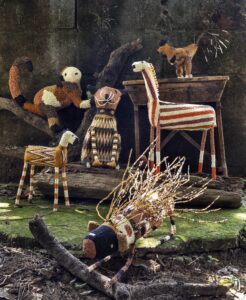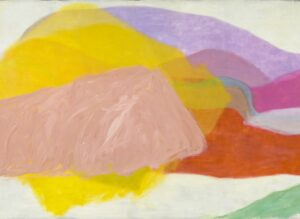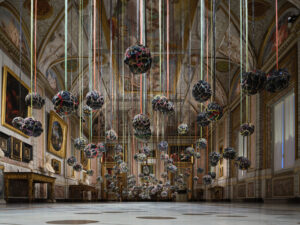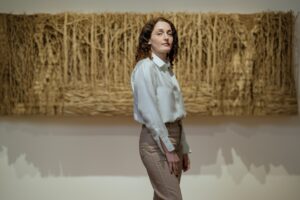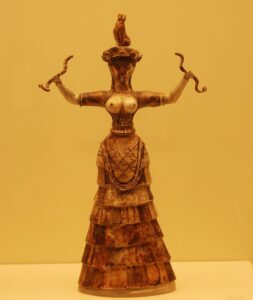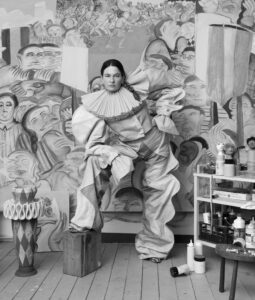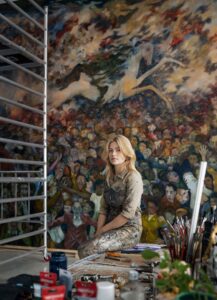Plantblind
Why we look but don’t see
While being seductive is their mode of survival, plants are still finding it hard to capture our attention. Artists help us overcome plant blindness and to open our eyes to the mystical world of other earthlings.
We finally see them. Or maybe we have just started to notice how wonderful they truly are. In 1999, botanists James H. Wandersee and Elisabeth E. Schussler coined the term “plant blindness” to explain a specifically human cognitive phenomenon that leads us to overlook plants in culture as well as in our everyday lives. It goes without saying that scientists and botanists have invested an enormous amount of time and effort in the study of plants. They have always been fascinated by plant complexity.

Today we know more about plants than we ever have, and yet they remain peripheral to the interests and lives of many people. This might be because the enormous amount of knowledge about plants produced by Western science has, counterintuitively, in some ways impoverished our relationship with plants. It has stripped them of their mystique, reducing their complex existence to biological responses. Artists have always bridged the gap between reality and imagination with poetic images that help us connect with the otherness of other earthlings in richer and more meaningful ways.
Not all cultures suffer from plant blindness as we do in the West. In Indigenous cultures, plants have played fundamental roles in mythology, rituals, clothing, and sustenance—they have often been regarded as deities in their own right or as mediators between the material and the spiritual realms, connecting humans to the planet.
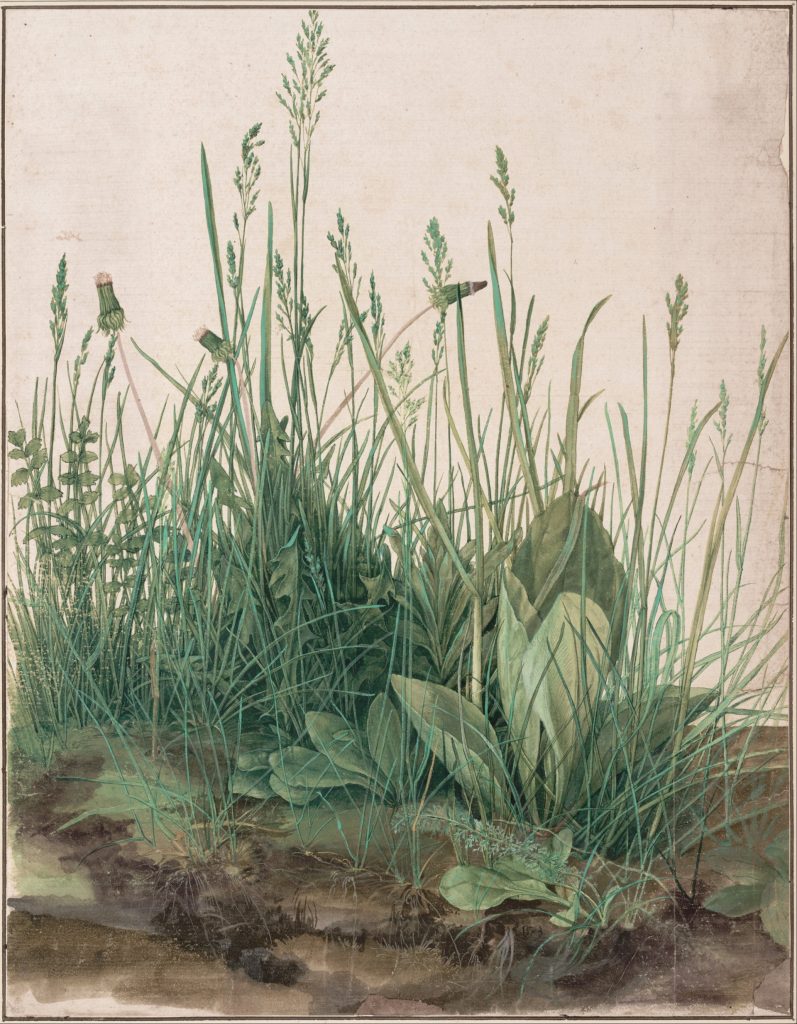
Colonialist approaches and capitalist logics have, since the discovery of the Americas, promoted a progressive distancing from the natural world that reached a tipping point around the 1850s, as the Industrial Revolution relentlessly, and far too drastically, reconfigured life on this planet. Pollution, deforestation, the rise of monocultural plantation practices, mining, factory farming, and sprawling urbanization—as technological advances and the mechanization of labor sped up lives and filled homes with a myriad of superfluous and cheap commodities, the Victorians began to fetishize animals and plants as souvenirs of a bygone world: taxidermy domes, pinned butterflies, dried flowers, collections of ferns and orchids.
Bringing animals and plants into their homes, the Victorians thought, would keep them connected to the natural world. But, as it turned out, that connection was in more than one way feeble. It inadvertently furthered the idea that nature is a commodity, an object to possess, a resource to exploit, or simply a place for recreation.
Plant blindness lies at the very root of the misconception about the natural world that, over the past five hundred years, has permeated and defined Western life. It is therefore through a thorough reconsideration of the roles plants play in our lives that we can begin to reconfigure our relationship with the whole planet. This is why we have recently—at a time of deepening environmental crisis—experienced a spike of interest in all things vegetal. Furthermore, it is artists who are leading a true botanical revolution that may help us see and understand plants beyond the cultural limitations that have impoverished our world.
To learn to see plants means to reach deeper beneath the veneer of aesthetic beauty. It goes without saying that we all appreciate the colors and shapes of petals and leaves, but truly seeing plants implies a different level of engagement. Seeing plants, at this moment in time, means negotiating multiple cultural and aesthetic perspectives that can foreground forms of plant intelligence or promote an understanding of the many ways in which plants support ecosystems and how they communicate and interact with fungi in the soil.
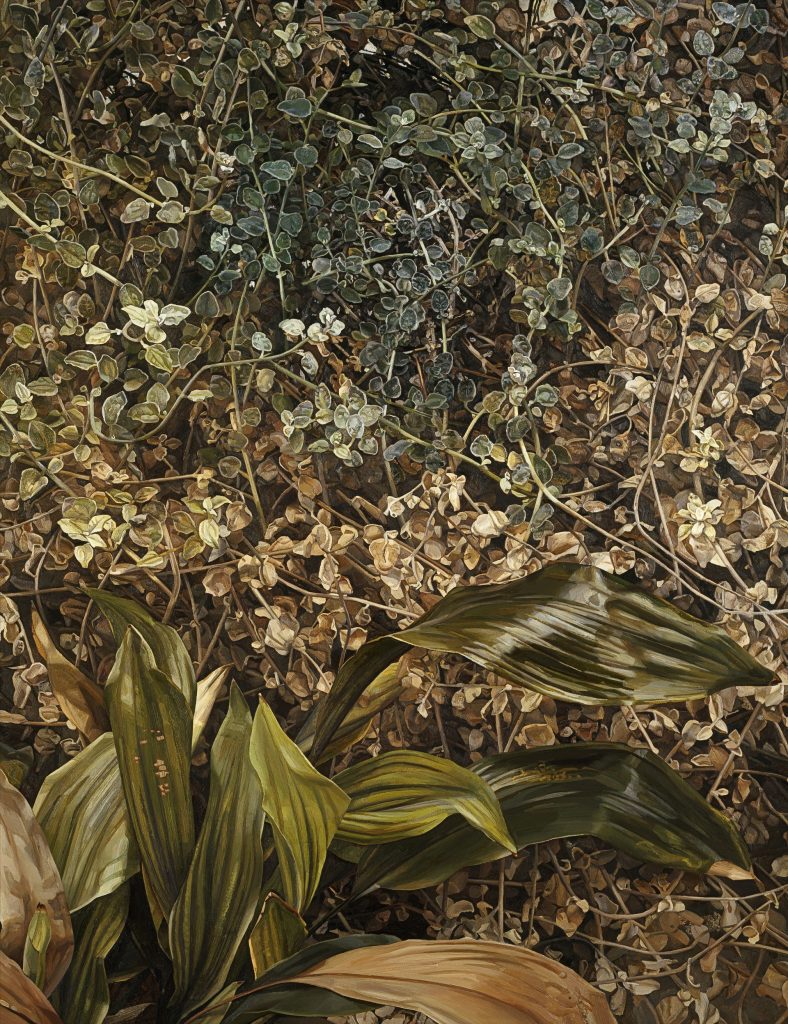
‘We barely speak of them
and their name escapes us.
Philosophy has always
overlooked them, more out
of contempt than out of neglect.
They are the cosmic ornament,
the inessential and multicolored
accident that reigns in the
margins of the cognitive field’
– EMANUELE COCCIA, philosopher
Seeing plants means becoming aware of multiple layers of entwinements across species, histories, and geographies. Seeing plants means challenging and reconfiguring the objectifying tropes that have been central to the representation of plants in art. It means rejecting the classical symbolism that fills the silence of plants with the incessant chatter of human desires and fears. It demands that we decenter the human as the sole organizing principle of the world and humbly reposition ourselves across ecological networks in environmentally sustainable ways. To see plants means engaging anew with their political dimension and acknowledging its world-changing power.
The process of plant marginalization in Western art and culture began toward the end of the Renaissance. It was toward the end of the first half of the seventeenth century that—strongly inspired by Humanist philosophies that promoted an anthropocentric view of the world—academics began to hierarchize subjects in art. Mirroring Aristotle’s Scala Naturae(hierarchy of nature), they placed the human at the very top of sophistication and plants at the very bottom of cultural importance. This organizational system had a major impact on artistic production on many different levels. Painting plants and flowers became the domain of women artists, since male artists dominated and monopolized the market of upper-tier subjects like history, religion, and mythology. The history of plant and flower painting in the West is deeply entwined with gender biases—a state of affairs that has been perpetuated for centuries by art historians and curators who unwittingly subscribed to the old rules.
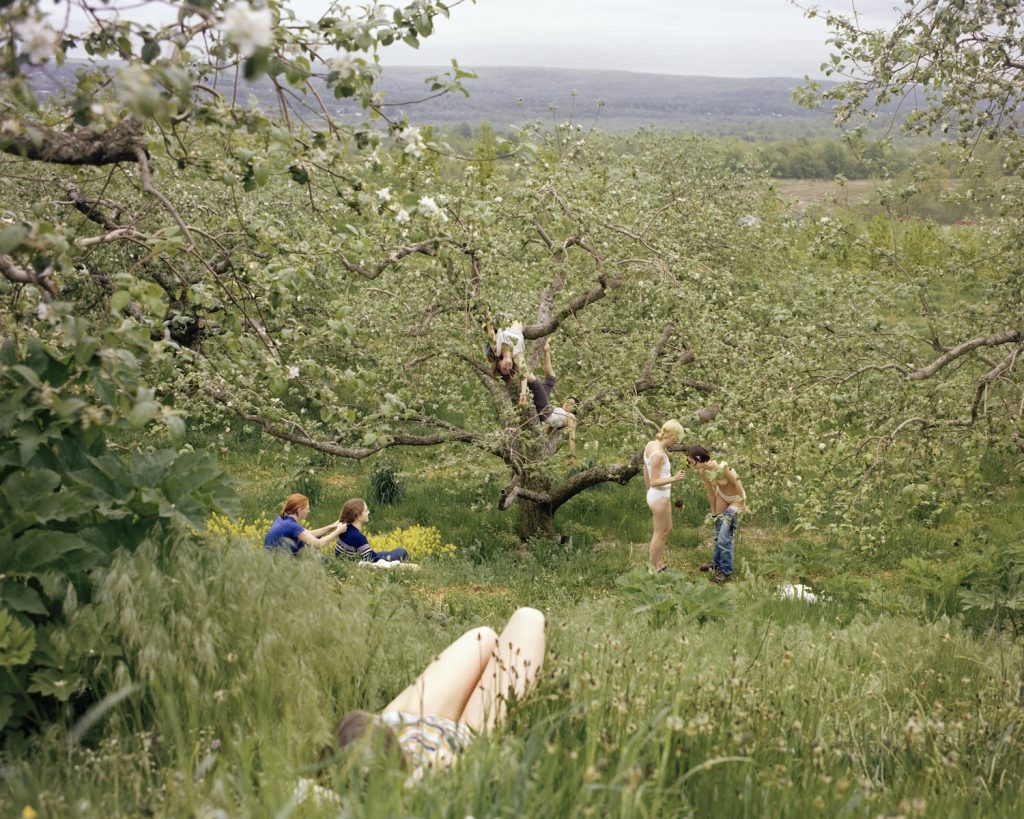
In different ways and through different media, the artists presented on the following pages help us to overcome plant blindness and invite us to reawaken our interest in the vegetal world—to connect us again with the wonderful richness of a planet that we are on the brink of losing forever. Re-educating ourselves to look at plants beyond the important and yet limited optics of science is a step toward a new beginning. It is an opportunity to acknowledge that we have distanced ourselves far too much from the natural world and that we urgently need to find our way back.
Giovanni Aloi is an author and curator specializing in the role of nature in art. He teaches at the School of the Art Institute of Chicago and is the editor-in-chief of Antennae: The Journal of Nature in Visual Culture.
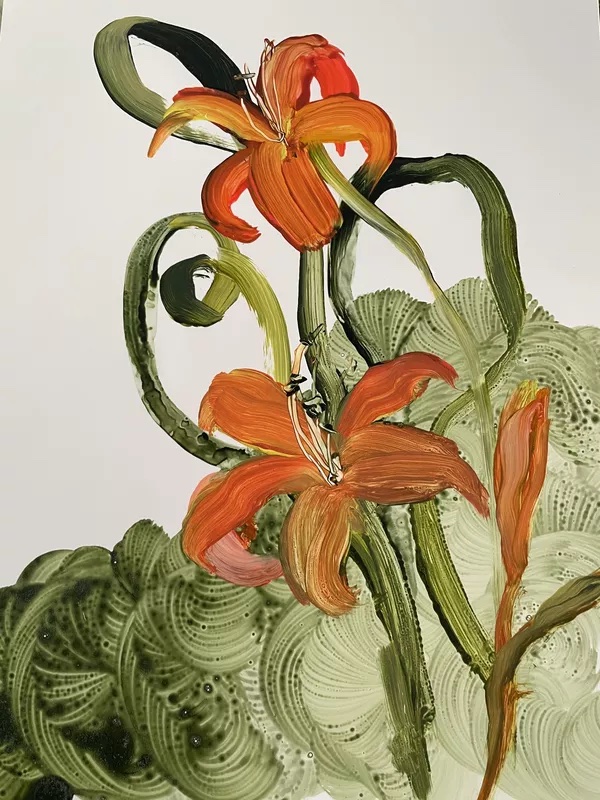
‘We will never be able
to understand a plant unless
we understood
what the world is’
– EMANUELE COCCIA, philosopher
